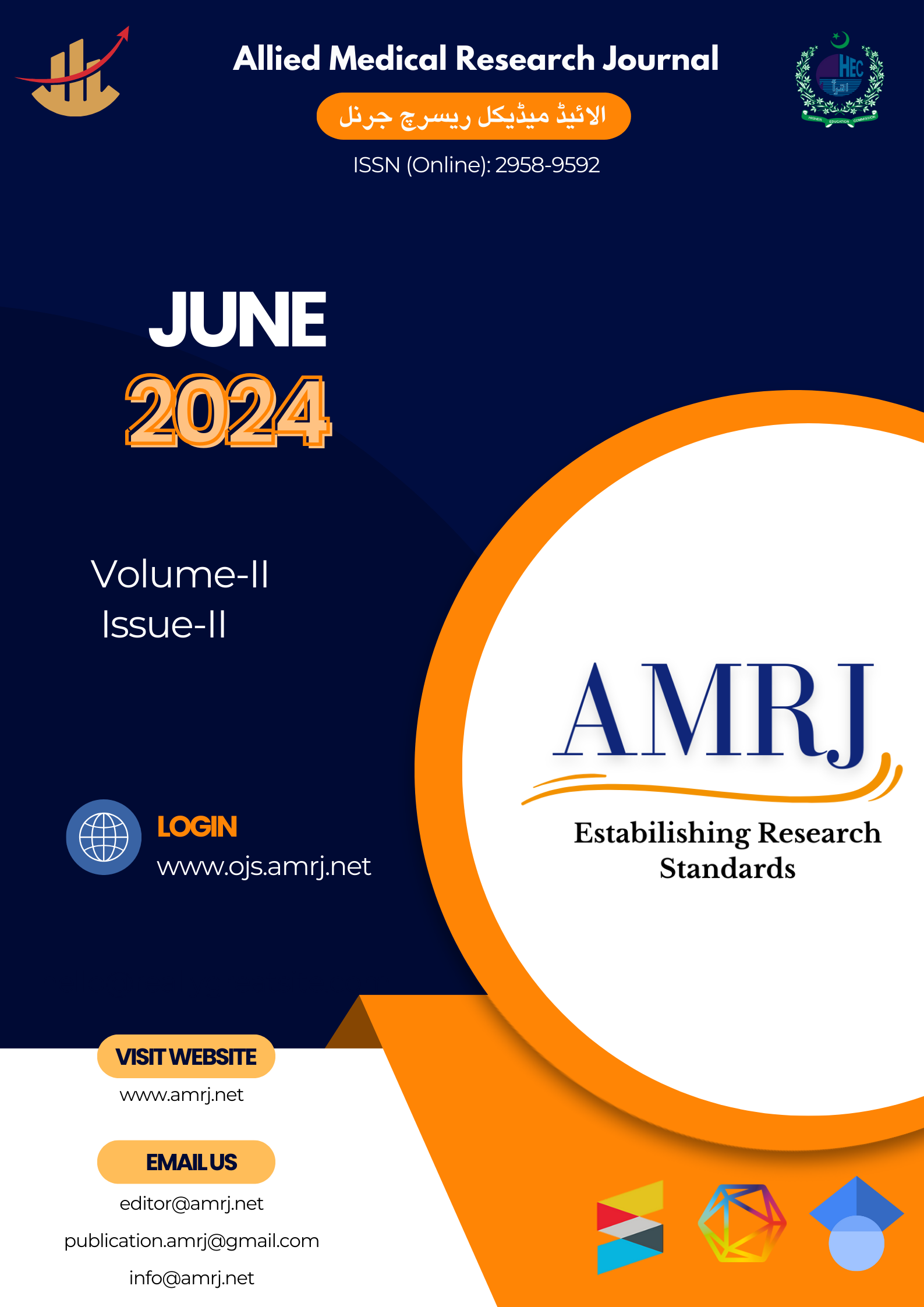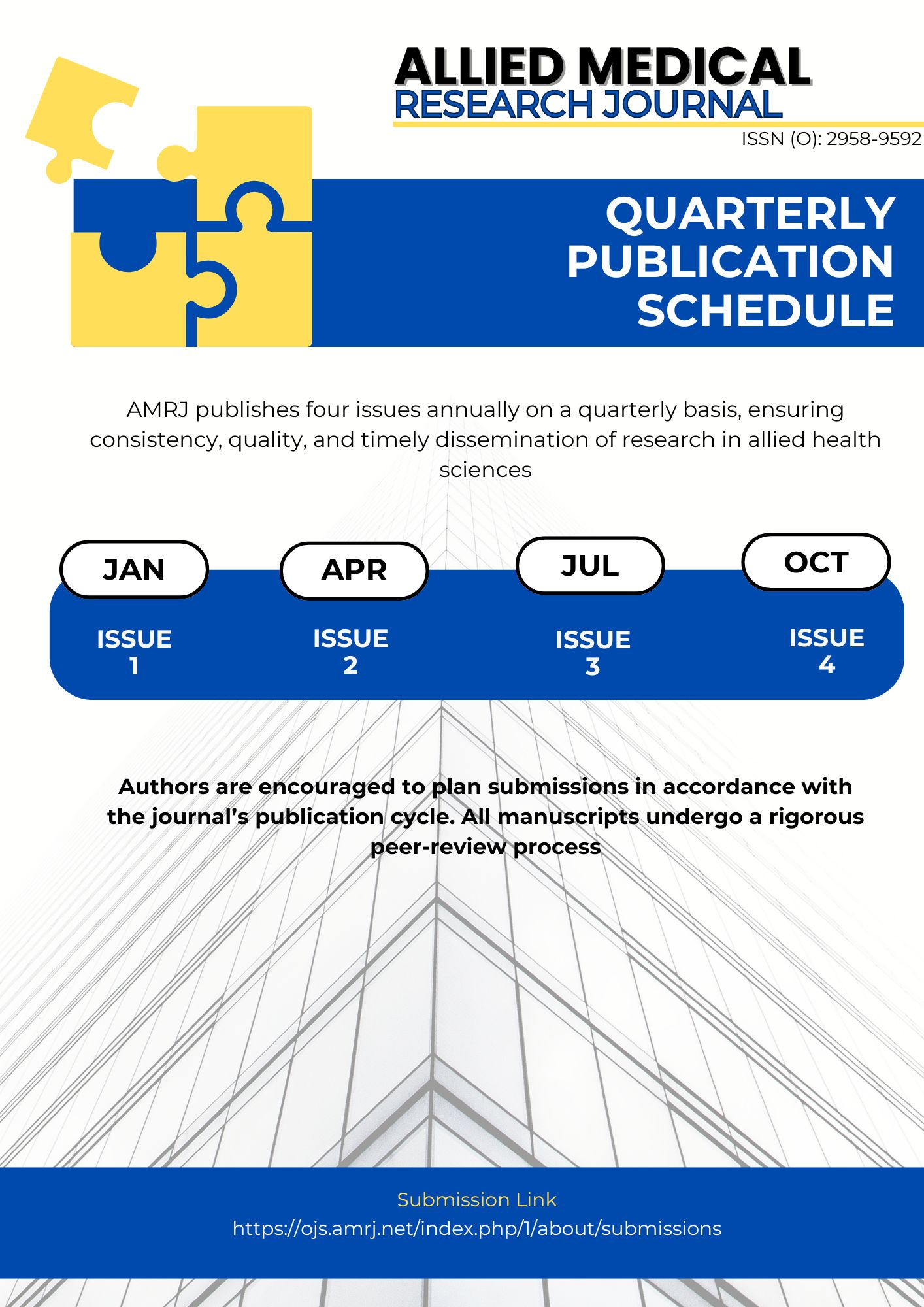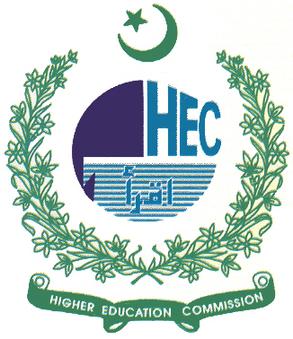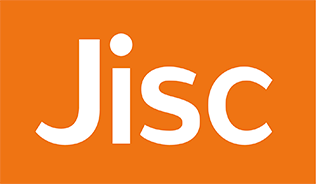Functional Outcome of Modified Steen Beek Foot Abduction Brace in the Maintenance of Corrected Congenital Talipes Equino Varus by Ponseti Method
Bracing in Congenital Talipes Equino Varus Patients
Keywords:
Bracing, Club Foot, Compliance, Ponseti MethodAbstract
Background: Clubfoot, or Congenital Talipes Equino Varus (CTEV), is a congenital deformity of the foot that occurs more commonly in males. Non-surgical treatment is possible, with the Ponseti method being one of the most popular techniques. This study evaluated the effectiveness of the Modified Steen Beek Foot Abduction Brace (FAB) in maintaining the correction of CTEV in children less than two years old.
Methodology: This research study was carried out at APPNA Rehabilitation Institute of Benazir Bhutto Hospital, Rawalpindi, where 29 patients who were given the Ponseti treatment were purposively sampled. Only samples of children up to the age of 2.5 years with idiopathic CTEV were taken. Assessment on the first visit was recorded using the Pirani score system and again after intervention. The data were analyzed using SPSS version 21.0, where descriptive statistics and paired t-tests were applied.
Results: Of the 29 patients, 26 completed the intervention. The average initial Pirani scores were 2.50 for the right foot and 2.00 for the left; they improved to 0.19 and 0.15 after the intervention. The change in the Pirani score was statistically significant (p<0.000). Compliance with bracing was 84.6%, while skin blistering occurred in 19.2% of the cases. A correction was maintained in 88% of the cases.
Conclusion: The Modified Steen Beek FAB is an effective brace in maintaining the corrected CTEV using the Ponseti method. Early diagnosis and proper material selection, proper sizing of the braces, and detailed counselling of the parents are paramount for the effective management of bracing.
References
do Amaral e Castro A, Peixoto JB, Miyahara LK, Akuri MC, Moriwaki TL, Sato VN, Rissato UP, Pinto JA, Taneja AK, Aihara AY. Clubfoot: Congenital Talipes Equinovarus. RadioGraphics. 2024 Jun 27;44(7):e230178.
Kuo KN, Smith PA, Graf A. Surgical Release for Clubfoot: Principles, Indications, and Evaluation. InClubfoot and Vertical Talus: Etiology and Clinical Management 2023 Aug 27 (pp. 135-155). Cham: Springer International Publishing.
Gurnett CA, Williams ML, Dobbs MB. Etiology and Pathogenesis of Clubfoot and Vertical Talus. InClubfoot and Vertical Talus: Etiology and Clinical Management 2023 Aug 27 (pp. 1-27). Cham: Springer International Publishing.
Ruzzini L, De Salvatore S, Dobbs MB, Costici PF. Congenital Clubfoot. InTextbook of Musculoskeletal Disorders 2023 Sep 29 (pp. 129-133). Cham: Springer International Publishing.
Bent MA. Congenital Talipes Equinovarus (Clubfoot). InOrthopaedics for the Newborn and Young Child: A Practical Clinical Guide 2023 Jan 1 (pp. 47-60). Cham: Springer International Publishing.
Muhammad H, Haryana SM, Magetsari R, Kurniawan A, Baikuni B, Saraswati PA. Genetic role in recurrence of idiopathic CTEV: a systematic review. Orthopedic Research and Reviews. 2023 Dec 31:19-25.
Pośnik M, Zielinska N, Tubbs RS, Ruzik K, Olewnik Ł. Morphological variability of the leg muscles: potential traps on ultrasound that await clinicians. Folia Morphologica. 2023.
Sax OC, Hlukha LP, Herzenberg JE, McClure PK. Current Clubfoot Practices: POSNA Membership Survey. Children. 2023 Feb 23;10(3):439.
Youn SB, Ranade AS, Agarwal A, Belthur MV. Common errors in the management of idiopathic clubfeet using the Ponseti Method: A review of the literature. Children. 2023 Jan 12;10(1):152.
Enweluzo GO, Ohadugha AG, Ezenwa-Ahanene IC, Udechukwu OI, Edem UI. Management outcome of congenital talipes equinovarus (clubfoot) using Ponseti protocol at Lagos University Teaching Hospital. Journal of West African College of Surgeons. 2024 Jul 1;14(3):270-4.
Judd J. Common childhood orthopaedic conditions, their care and management. Orthopaedic and Trauma Nursing: An Evidence‐based Approach to Musculoskeletal Care. 2023 Feb 10:331-48.
Singh S, Mali HS. Foot abduction orthosis compliance in clubfoot treatment: Biomechanics, challenges, and future scope. In3D Printing in Podiatric Medicine 2023 Jan 1 (pp. 103-121). Academic Press.
Ponseti IV. Congenital clubfoot: fundamentals of treatment. Oxford: Oxford University Press, 1996.
Yolaçan H, Güler S, Özmanevra R. Clubfoot from past to the present: A bibliometric analysis with global productivity and research trends. Medicine. 2023 Feb 10;102(6):e32803.
Patel Y, Barik S, Agarwal A. What exactly is “foot abduction” during management of idiopathic clubfoot in clinical practice?. International Orthopaedics. 2023 Apr;47(4):1109-14.
Oliveira CL, Goncalves Filho GM, Volpon JB. Evaluation of early treatment of idiopathic clubfoot using the Ponseti method. Acta Ortopédica Brasileira. 2023 May 1;31(2):e259899.
Kiani SN, Yang D, Zheng JL, Spiegel DA. Clubfoot and the Ponseti Method: A Bibliometric Analysis. JBJS Open Access. 2023 Jul 1;8(3):e23.
Gupta A, Singh S, Patel P, Patel J, Varshney MK. Evaluation of the utility of the Ponseti method of correction of clubfoot deformity in a developing nation. Int Orthop. 2008 Feb;32(1):75-9
Kumari P, Kalyani VC, Sharma M, Singh V, Prashar AK, Patiyal N. Assess perception, practice and lived experiences on use of corrective braces among parents of children diagnosed with clubfoot: A mixed method study. Journal of Education and Health Promotion. 2023 Aug 1;12(1):270.

Downloads
Published
Issue
Section
License
Copyright (c) 2024 Amina Mumtaz, Zia Ur Rehman, Dr. Naureen Tassadaq

This work is licensed under a Creative Commons Attribution-NonCommercial 4.0 International License.








